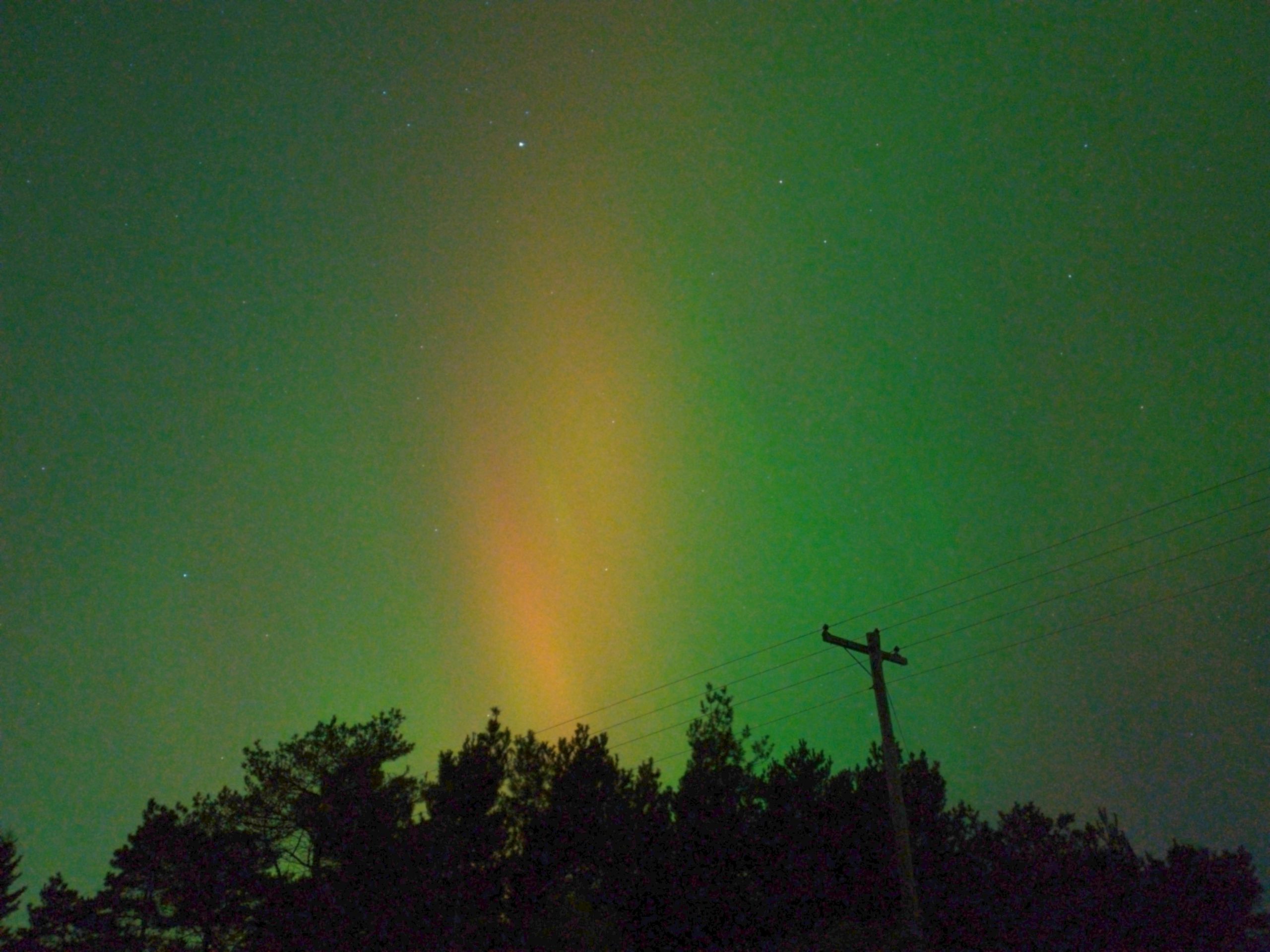We’re a bunch of space enthusiasts who love talking about space exploration, astronomy, scientific discovery, and sometimes enjoying a cold one. Our main goal is to spark curiosity about the vast universe and connect with fellow stargazers and rocket fans to have a blast together.
This club has been around in different forms since 2018. It all started as Venus Labs when Eric stumbled upon a video about colonizing Venus with balloons. He gave a couple of cool talks about it, and we even created a website. Karen, one of our awesome members, wrote a book called “Rethinking Our Sister Planet: A Handbook For The Development of Venus” (check it out here). Then we started a MeetUp group, and it quickly attracted all sorts of space enthusiasts. For our fourth meeting (which was ironically called Space Club #3), we asked everyone to pitch ideas, and Daniel came up with the idea of a high-altitude balloon. After 10 months of hard work, we finally launched our first mission in September 2019. You can watch the epic launch here.
Right now, we’re working on a glider project and a satellite tracking solution. Whether you want to join our working group, share a new space idea, or simply hang out and chat about space while sipping on some drinks, sign up for our MeetUp group and join us at our next event!
































